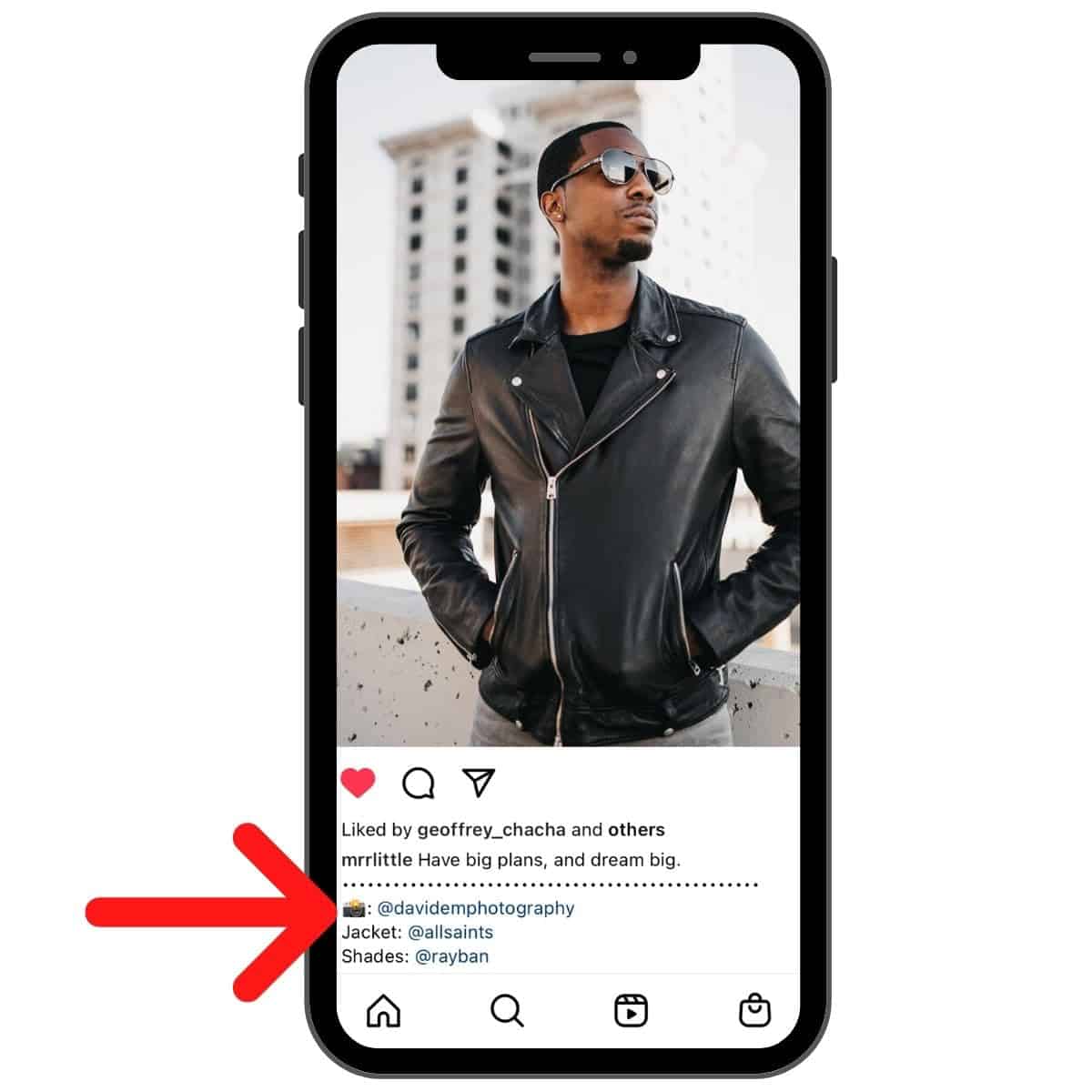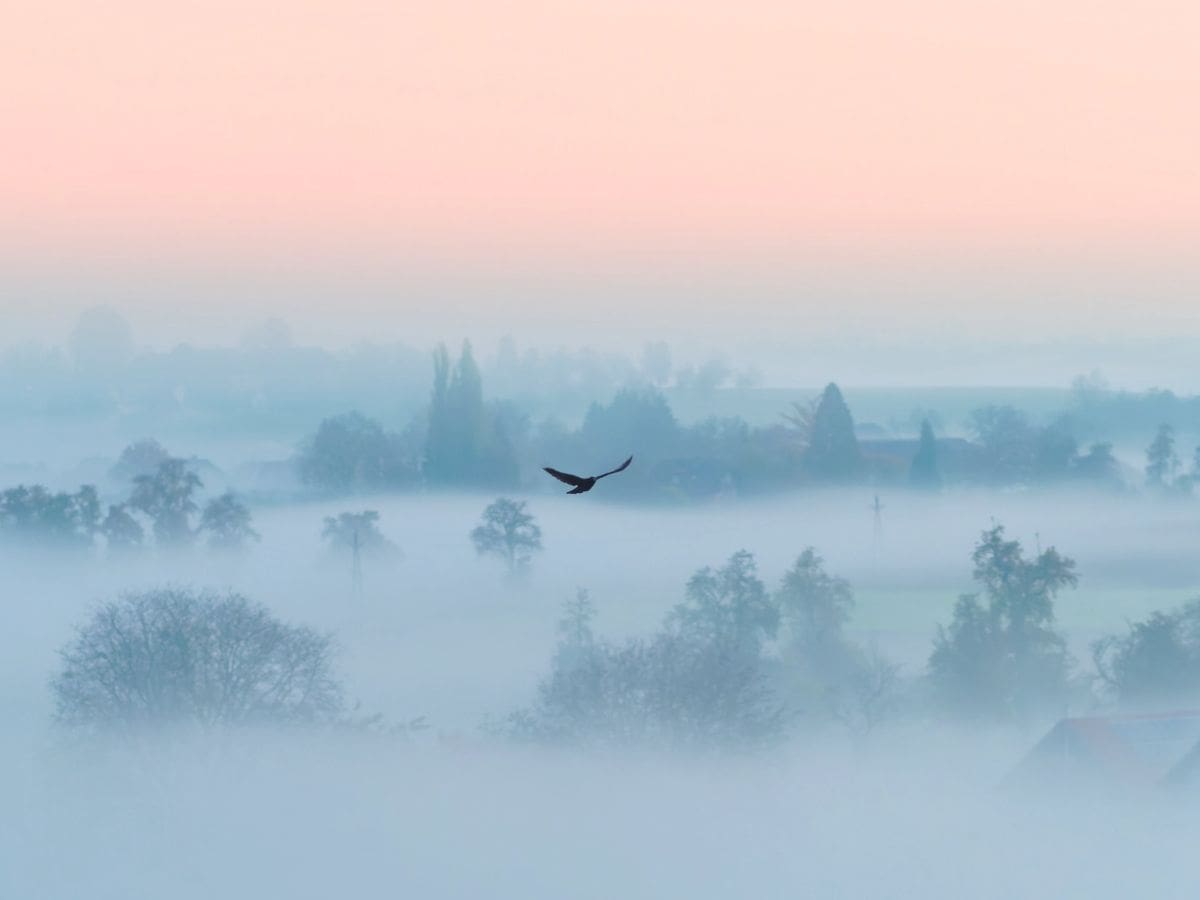If you share a photo that you didn’t take, photo credit is how you give credit where it’s due. Learn how to do it.

Importance of giving photo credit
Photo credit is important because it credits the source of an image.
If you share a photo on social media or your website that you didn’t take, it’s important to note who did. It’s also a respectful way to thank the source for a great image.
Related: Instagram hashtags for portrait photography
While there are situations where you don’t need to give photo credit, such as a stock photo that you purchased, in most cases, it’s best to credit the photographer or designer.
If you’ve gotten portraits taken and share them on social media, giving credit to the photographer is a great way to say thank you.
Related: 11 tips to take the perfect profile picture
Since you loved the photos enough to share them, it’s also going to help the photographer.
They’ll get more exposure from your audience, which can help them grow their business.
Related: 8 best cameras for kids
Aside from appreciation, sometimes you’re required to give photo credit, and if you don’t, you may be fined or required to remove the image. Be sure to check with the source of the photo.
Overall, photo credit is an essential part of sharing the work of others.
Related: How to take the best selfie
How to give photo credit on social media

Giving photo credit on social media is straightforward. All you need to do is mention the person who made the photo possible in the description.
Related: Best gifts for photographers
Whether you’re sharing a photo on Instagram, Facebook, Twitter, LinkedIn, or any other social media platform, give credit to the source.
There are many ways to do it. The following are examples of how you can credit a photographer when sharing a photo on social media:
- Photo credit: [Photographer’s name or username].
- Image credit – [Photographer’s name or username].
- 📸: [Photographer’s name or username].
- Photo by [Photographer’s name or username].
- Photography: [Photographer’s name or username].
- Thank you [Photographer’s name or username] for the photo.
If the photographer has a social media profile, be sure to tag them.
It’s also important to make sure you post the photo without adding filters or altering it.
It would be disrespectful to the photographer, as they could see it as you saying it wasn’t good enough.
When you’re sharing photos that you didn’t take, leave them as they are.
How to give photo credit on the internet

When you’re sharing photos that someone else took on your website, photo credit is even more important than on social media.
The way you word it depends on the source of the image.
If you’re sharing photos that a photographer took of you. Then, you can use one of the following examples:
- Photo by [Photographer’s name or company].
- Photo credit: [Photographer’s name or company].
Again, don’t edit the images from a photographer, unless you’re given permission.
If you’re sharing stock photos or other similar types of images, it’s more tricky.
You have to be more careful because you may be liable for copyright infringement, which can result in a big fine. So, make sure you can use the photo before sharing it.
Also, different stock photo companies have different requirements for crediting the source. Some may not require it at all.
So, check with the source and follow the photo credit directions.
While there isn’t a standardized format, the most common and best way to give photo credit is to say mention who took the photo and where you found it.
The following are several popular stock photo websites and how you should properly give photo credit.
Unsplash, Pexels, and Pixabay image credit rules

Unsplash, Pexels, and Pixabay are three of the most popular and largest free stock photography websites.
You can find high-quality and creative photos across many different genres of photography.
If you’re looking for photos to use on your website or as a background, they have plenty of great options.
While they don’t require credit, it’s much appreciated.
The creators work hard at taking good photos. So, it’s always a good practice to credit them.
Unsplash, Pexels, and Pixabay recommend the following format, “Photo by [creator’s name] on [Unsplash, Pexels, or Pixabay].” You can also say, “Photo courtesy of [stock photo website].”
On the three sites, you can download and use the images for free. They can be for commercial or non-commercial purposes. Plus, you don’t need permission.
The main restrictions are that you can’t sell the photos without “significant modification” or take the photos to create a competing service.
As long as you follow the rules, free stock photography sites are excellent resources.
Google or Pinterest image credit rules
If you find a photo that you want to use on Google or Pinterest, you must get permission from the owner of the image.
You can’t use Google or Pinterest as the source of the image.
Google and Pinterest are search engines. So, find out who the original owner is and email them for permission to use the photo.
If you don’t get a response, find a different image to use.
It’s good to have it in writing in case you need to prove that you’ve been granted permission.
Creative Commons
If you find a photo that you want to use under the Creative Commons license, you can use it.
Creative Commons is a nonprofit organization formed in 2001. Its mission is to provide “a free, simple, and standardized way to grant copyright permissions for creative and academic works; ensure proper attribution; and allow others to copy, distribute, and make use of those works.”
There are several Creative Commons licenses. The following is an overview of each one:
- Attribution (CC BY): Anyone can share, remix, change, or build upon your work, as long as you’re given credit.
- Attribution-ShareAlike (CC BY-SA): It’s the same as the previous one. The addition is the new creation must be licensed under identical terms.
- Attribution-NoDerivs (CC BY-ND): The work can be shared with credit. However, it can’t be altered or modified.
- Attribution-NonCommercial (CC BY-NC): Your work can be shared, used, and modified for non-commercial purposes.
- Attribution-NonCommercial-ShareAlike (CC BY-NC-SA): It’s the same as the previous one, but the person using it must use the same Creative Commons license.
- Attribution-NonCommercial-NoDerivs (CC BY-NC-ND): It’s the most restrictive. Others can download your work and share them, as long as they give you credit. It can’t be used commercially or changed in any way.
By understanding the different Creative Commons licenses, you can reshare photos appropriately.
Frequently asked questions
What’s the public domain?
Public domain refers to creative materials without intellectual property rights. Photos in the public domain can be used without permission because no one owns them and never will.
Is it photo credit or credits?
If one person took the photo, it’s photo credit. If you’re sharing multiple photos from more than one person, it’s photo credits. Typically, it’ll be from one photographer or designer at a time.
Is CTTO enough?
CTTO stands for credits to the owner and it’s not enough to use as photo credit. In most cases, you need permission from the owner unless it’s from a free stock photo site and it explicitly states you don’t need to give credit. If the owner grants you credit, mention their name in the photo credit.
Conclusion
If you want to share a photo that someone else took, make sure you have permission and give photo credit.
As long as you follow the rules, you won’t run into copyright infringement issues, which can lead to hefty fines.
Remember, always give credit where it’s due. It’s as easy as stating who took the photo and if you got it from a free stock photo site, mention the site name.
Featured image by David Em/Portraits Refined.

